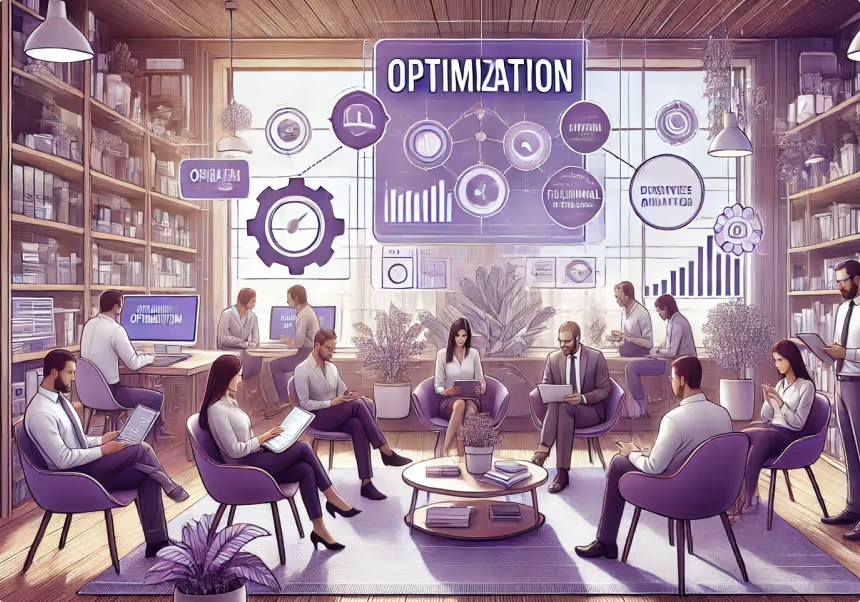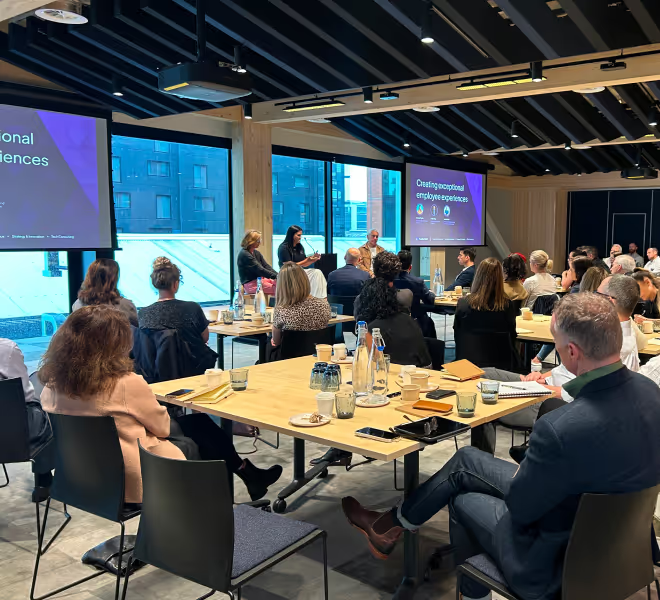In challenging economic times when business confidence is low and cost of living pressures are stifling consumer demand, organisations predictably resort to reducing costs and minimising risks. They tend to scale back resources allocated to innovation and pause anything with any degree of uncertainty around immediate value creation.
With little focus on innovation and future growth, it can be a good time to shift the focus onto initiatives that have the potential to deliver relatively short term revenue growth with minimal risk. The place to look for these is within the existing product or service portfolio with a focus on extracting more from what you already have.
What this means in practice is improving your existing product portfolio - you want more people to be buying what you currently sell and you want them to remain as loyal customers for longer. But in trying to improve them in times of resource scarcity, it’s critical that you know how to make your product ‘better’ in ways that will result in people choosing your product more often - you need to ensure that any improvements are highly likely to result in a favourable change in customer buying behaviour.
Choosing how to make your product better should not be down to subjective judgement. It should be anchored in a very clear understanding of why your customers choose to buy your product over the competing alternatives - it’s about understanding the drivers of customer choice in your sector.
The most proven method for understanding customer choice is Professor Clayton Christensen’s Jobs To Be Done methodology. It uncovers the deep underlying reasons that customers make the product choices they do. It’s not done through traditional research but instead requires a very specific approach to identifying customers, having deep exploratory conversations and uncovering the functional, emotional and social Jobs that are driving their choices and behaviours - it is the fusion of psychology, behavioural economics and customer knowledge.
Once you’ve uncovered the drivers of choice in your sector and why customers choose (or don’t choose) your product over the competing alternatives, then you can start to get creative in exploring new ways of creating incremental value on these choice drivers through new product features or new experiences. These ideas for incremental value creation can then be tested and refined using lean startup experiments so that by the time you start to invest time, effort and money in implementing the improvements, you’re confident that they will drive revenue growth and customer loyalty - you’re essentially applying best practice innovation processes to a product improvement initiative.
Focusing on this type of work during periods of economic downturn can feel hard but, if it’s done in a targeted way that minimises cost and risk, it can be the ideal time to create new customer value and steal a march over your competition.
Image generated by ChatGPT 4o






